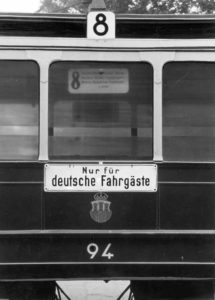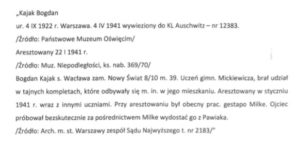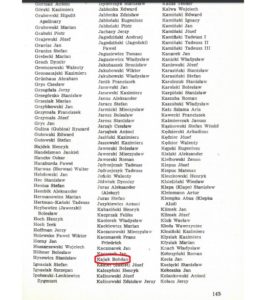After the aggression of the Third Reich and the USSR in Poland in 1939, the Germans conducted a harsh and cruel occupation policy towards the Poles. Every day there were roundups, deportations to concentration camps, executions, arrests and harsh interrogations with beatings and torture, which often resulted in the death of detainees. In addition to violence, other humiliations against Poles were also applied, including a curfew and places designated “nur für Deutsche” (only for Germans), which meant that Poles did not have access (e.g. restaurants, trams). When leaving the street, nobody was sure he would come home.
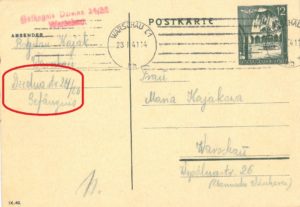
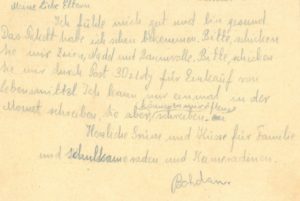 The biggest torture chamber in Warsaw was the edifice at 25 Aleja Szucha. At that time, the headquarters of the Gestapo (German secret police) was located there. People were often tortured here in front of their relatives. The prisoners were transported from interrogations to the Pawiak prison, located at 24/26 ul. Dzielna. The prison consisted of a women’s department (called Serbia) and one for men. Prisoners from Pawiak were deported to concentration camps or shot.
The biggest torture chamber in Warsaw was the edifice at 25 Aleja Szucha. At that time, the headquarters of the Gestapo (German secret police) was located there. People were often tortured here in front of their relatives. The prisoners were transported from interrogations to the Pawiak prison, located at 24/26 ul. Dzielna. The prison consisted of a women’s department (called Serbia) and one for men. Prisoners from Pawiak were deported to concentration camps or shot.
Bogdan Kajak, who participated in underground lessons, was arrested on January 22, 1941 and imprisoned in the Pawiak prison and after three months transported to the KL Auschwitz concentration camp and registered under number 12383.
In R. Domańska’s book, Pawiak: Więzienie Gestapo: Kronika 1939-1944 (Warsaw 1978), on p.125 and p.145, the hero of our project is mentioned as being transported to KL Auschwitz along with other detainees in a cattle truck.
